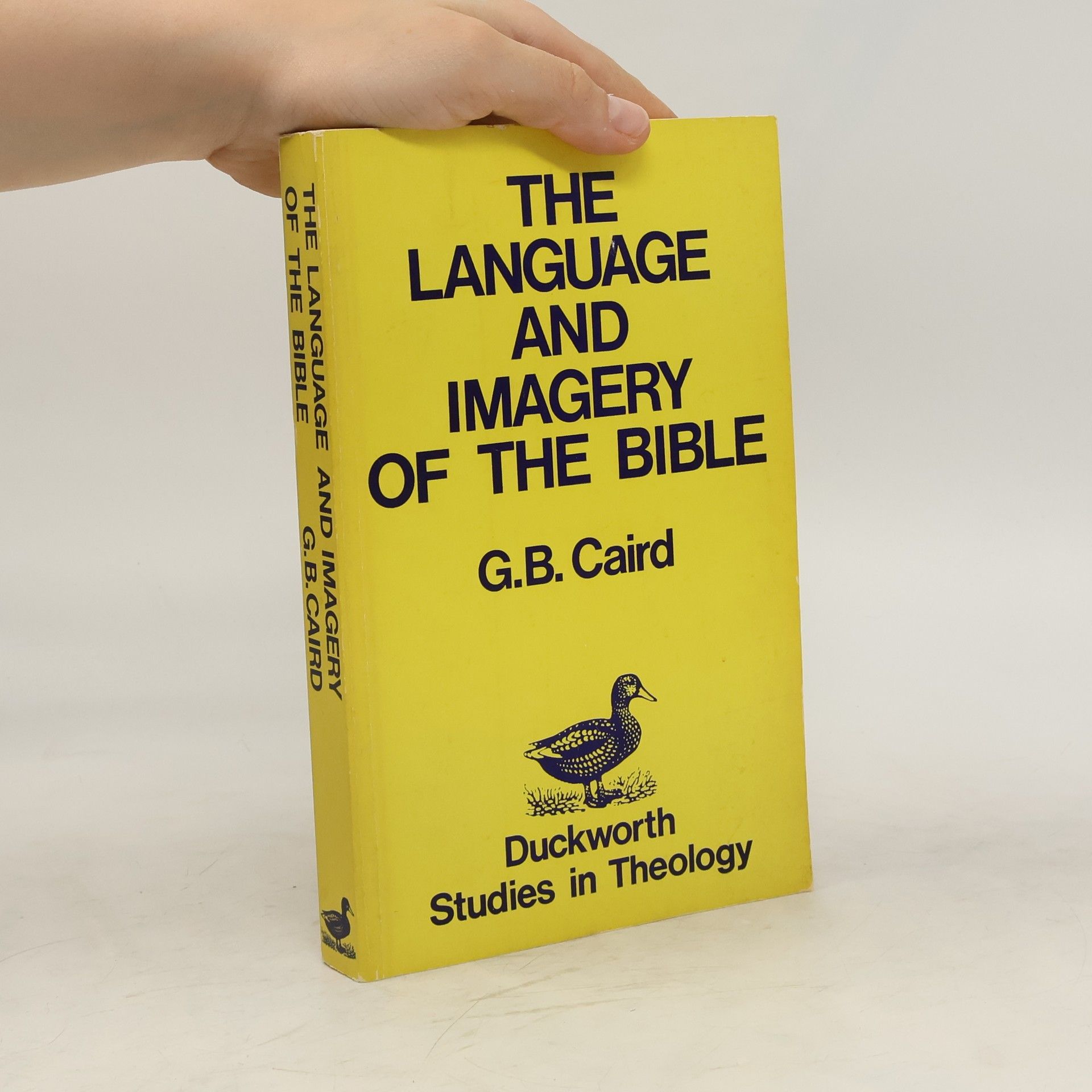Language and Imagery of the Bible
- 288 páginas
- 11 horas de lectura
'A very vigorous, detailed and illuminating study of the uses of language, especially of figurative language, in scripture' - Amos N. Wilder, Journal of Biblical Literature The Language and Imagery of the Bible brings the discipline of literary studies to bear on Biblical studies, investigating the various ways in which language us used, demonstrating the non-literal character of much bible language, and arguing that biblical authors were aware of the symbolism and character of their language.

